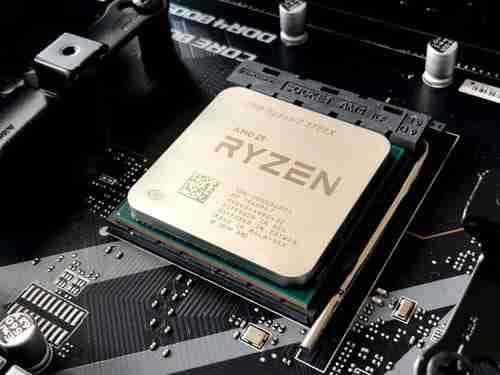
The AMD CrossFire technology enables you to connect up to four GPUs together and make them work as one to boost the rendering of 3D graphics on a computer. Here are some tips on how to implement a CrossFire configuration and prevent against compatibility issues.
How To Choose Your AMD CrossFire Graphics Cards
The implementation of a CrossFire configuration is really easy as long as you have the right hardware components.
You will require a CrossFire compatible motherboard with enough free PCIe slots to accommodate your graphics cards, as well as a compatible power supply. All graphics cards must be of the same generation.
A typical AMD CrossFire configuration will usually consist of 4x Single-chip AMD Radeon graphics cards or 2x Dual-GPU AMD Radeon graphics cards, which together will add up to a total of 4 GPUs.
Some graphics cards models will require an external bridge for the connection. This ribbon-like connector is usually provided with the graphics card but can also be bought separately. However, the latest generation of Radeon graphics cards integrates the XDMA technology, which eliminates the need for bridging cables (CrossFire is implemented over the PCI Express bus).
AMD Graphics Cards CrossFire Compatibility
AMD has published a compatibility chart for CrossFire cards. Here, the users will find all the information they require to set up their CrossFire configurations.
Photo: Unsplash











